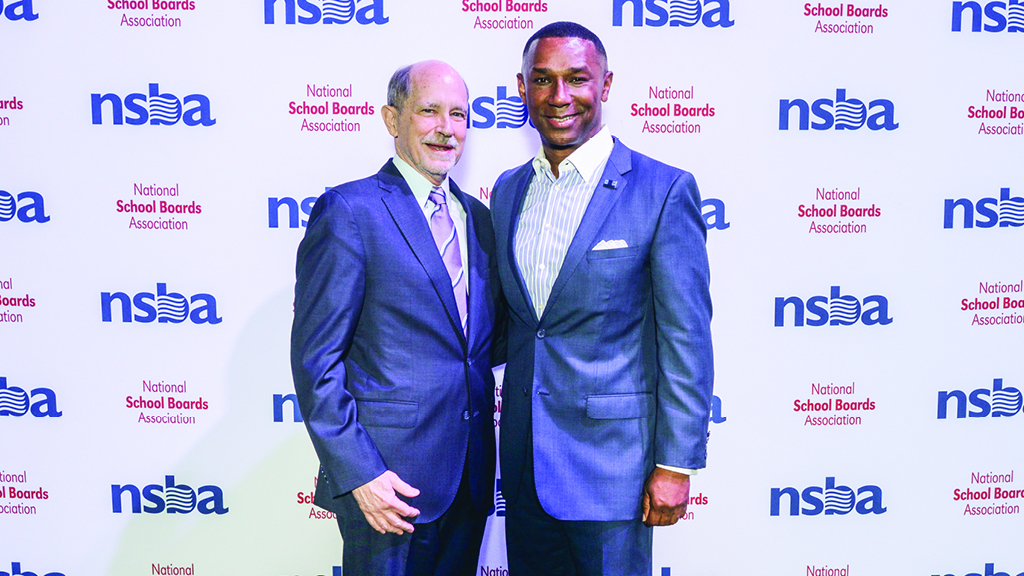There is a growing economic crisis in our country that is going largely unnoticed. It threatens our current and future prosperity as individuals and as a nation. Not since the 1930s, just before the Great Depression, have we faced such a daunting challenge: filling good jobs when there are not enough people available to staff them.
There are approximately 7 million American jobs available right now, and that number is expected to double in the next five years. The economic repercussions for the country are significant, jeopardizing more than $2.5 trillion in gross domestic product in the next 10 years. These are staggering numbers that will have a tremendous negative impact on the lives of millions of people.
The skills required for the available jobs are very different today than 50 or 60 years ago, when the country last had unemployment numbers this low. At that time, seven out of 10 jobs required only a 12th grade education. Many of the jobs that are available right now are “middle-skills” jobs—requiring a high school diploma with specialized training and soft skills (e.g., critical thinking, dependability, customer focus, etc.). Unfortunately, the skills our students possess often are not enough to qualify them for these positions.
LifeReady Skills
NSBA and the Society for Human Resource Management (SHRM) gathered leading business organizations to start a conversation about this growing problem. We decided to focus on two questions: What should schools do to address this soft skills gap, and what can we, as leaders of public education and business, do together to help schools and students?

NSBA Executive Director and CEO Thomas J. Gentzel at NSBA’s annual conference in Philadelphia with Society for Human Resource Management Executive Director and CEO Johnny C. Taylor Jr. (Photo credit: Lifetouch)
The Commission to Close the Skills Gap was formed to determine the skills most needed and to develop recommendations to assist high school graduates in developing these skills. In addition to NSBA and SHRM, the commission includes the American Health Information Management Association, the American Hotel & Lodging Association, the Center for Energy Workforce Development, CompTIA, the Manufacturing Institute, the National Restaurant Association, the National Retail Federation, and the U.S. Chamber of Commerce Foundation.
The first task for this collaborative effort was to pinpoint the most critical soft skills that prepare students for the world of work and life. We identified six “LifeReady” skills:
- dependability and reliability;
- adaptability and trainability;
- critical thinking;
- decision-making;
- customer focus; and
- teamwork.
In addition, the commission identified opportunities for public schools to engage the business community in a cooperative effort to support students. Among the ideas the commission identified were:
- working with business advisory councils;
- conducting annual surveys of local employers to assess how well high school graduates are meeting workforce needs;
- creating “job ready” high school diplomas; and
- requiring work-based learning as a condition for graduating high school.
The work of the commission was captured in “Six LifeReady Skills for College, Career and Success in Life: A Report of the Commission to Close the Skills Gap,” released at NSBA’s annual conference in Philadelphia earlier this year.
School District-Business Partnership
Understanding the scope of the burgeoning skills gap issue, the commission served as the foundation for a new coalition co-chaired by NSBA and SHRM called “LifeReady Students.” The coalition, comprised of NSBA, SHRM, and a growing number of business groups on the commission, seeks to raise more awareness about the skills gap issue and provide resources for school boards to help students develop and sharpen the six vital soft skills for success in life. We set a goal: to create 1,000 new partnerships between the business and public education communities by the end of 2020.
We are glad to provide a model of collaboration between the business community and public schools. But we are not attempting something new. Hundreds of local business-education partnerships already are thriving across the country. Our goal is to accelerate and deepen relationships between business and public education everywhere.

Share this content